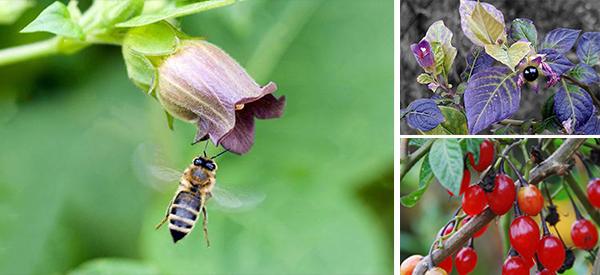
How to Tell the Difference Between Bittersweet Nightshade and Deadly Nightshade
Deadly nightshade and bittersweet nightshade are two very different plants, although they are often confused. Because both plants are poisonous, deadly nightshade is often used to refer to either plant, adding to the confusion. To help avoid this confusion, I will use the scientific names here.
Atropa belladonna, deadly nightshade, is one of the deadliest plants in the United States, while bittersweet nightshade, Solanum dulcamara, is also poisonous, but not to the same level. The poison found in Solanum dulcamara, solanine, is present in all parts of the plant and fatal poisonings have been recorded, but are rare. Atropa belladonna toxins are also found throughout the plant and even a small amount can be deadly.
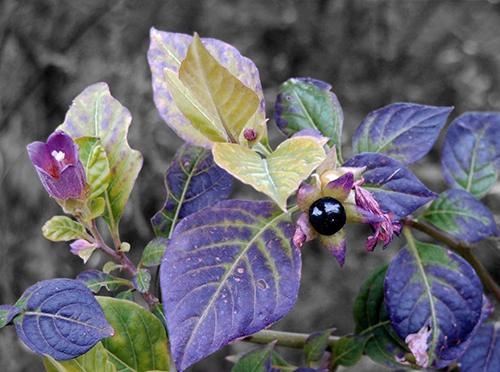
Both plants are used as herbal medicines, but for very different reasons and in differing concentrations. For more information on using these plants medicinally, consult a good herbal medicine book. I will be discussing the differences in the plants in this article.
Here are some major points to consider:
Habitat
Both Solanum dulcamara and Atropa belladonna like moist environments, but will grow in almost any environment.
Bittersweet nightshade, Solanum dulcamara, grows as an invasive weed throughout North America. It grows in multiple habitats, including woodlands, scrubland, marshes, and hedges. The plant prefers wetlands and the forest understory but will grow in almost any terrain. The climbing vines create dense, dark areas of growth, where animals can easily hide.
Deadly nightshade, Atropa belladonna, is naturalized in North America, growing well in shady, moist locations. It is a weed that prefers disturbed soils, often growing along fence lines, along the edges of fields and in open woodlands.
Solanum Dulcamara, Bittersweet Nightshade Atropa Belladonna, Deadly Nightshade
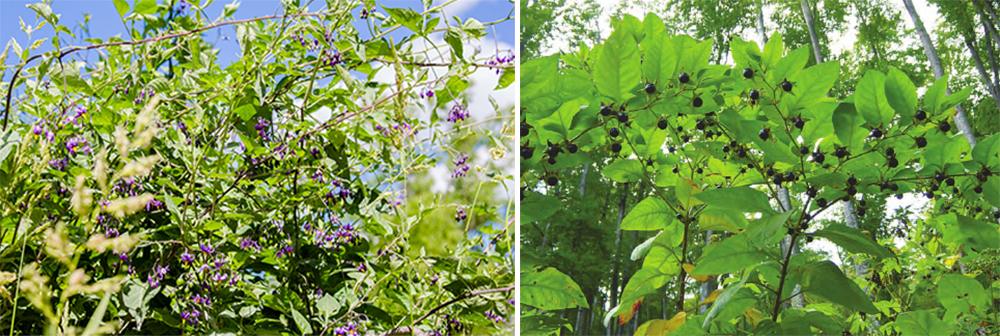
Growth Habit
Solanum dulcamara, bittersweet nightshade, is a semi-woody perennial herbaceous plant that grows as a vine with a semi-woody stem. The plants regularly grow up to 6 feet and can reach a height of 13 feet if support is available.
Atropa belladonna, deadly nightshade, is a perennial herbaceous plant with an upright habit as a subshrub. It has a fleshy rhizomatous rootstock with buds at ground level. Atropa belladonna grows normally to 6 1/2 feet tall.
Leaves
Solanum dulcamara leaves are 1 ½ inch to 5 inches long, shaped like a teardrop or arrowhead, lobed at the base, and poisonous.
Young Atropa belladonna leaves on deadly nightshade are single-lobbed tear-drop shapes. As the plants mature, they develop double-lobbed heart shaped leaves or even three asymmetrical lobes. Leaves are various sizes, up to approximately 7 inches long on a mature plant.
Solanum Dulcamara, Bittersweet Nightshade Atropa Belladonna, Deadly Nightshade
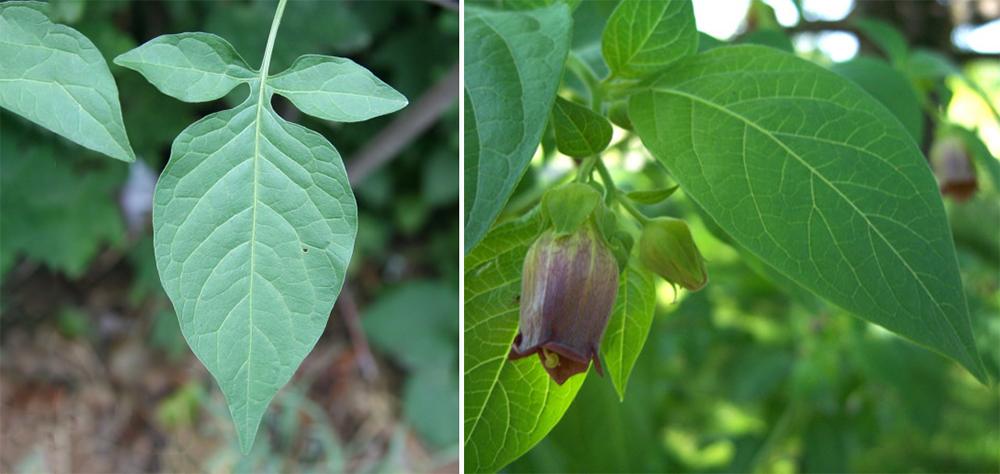
Flowers
Solanum dulcamara’s star-shaped flowers grow in clusters of 3 to 20. Five purple petals surround a yellow cone with yellow stamens and style.
Deadly nightshade flowers, Atropa Belladonna, are dull purple and bell-shaped with petals that curl down at the tips and a faint scent. There is also a yellow flowering variety called Atropa belladonna var. lutea that produces yellow fruit.
Solanum Dulcamara, Bittersweet Nightshade Atropa Belladonna, Deadly Nightshade
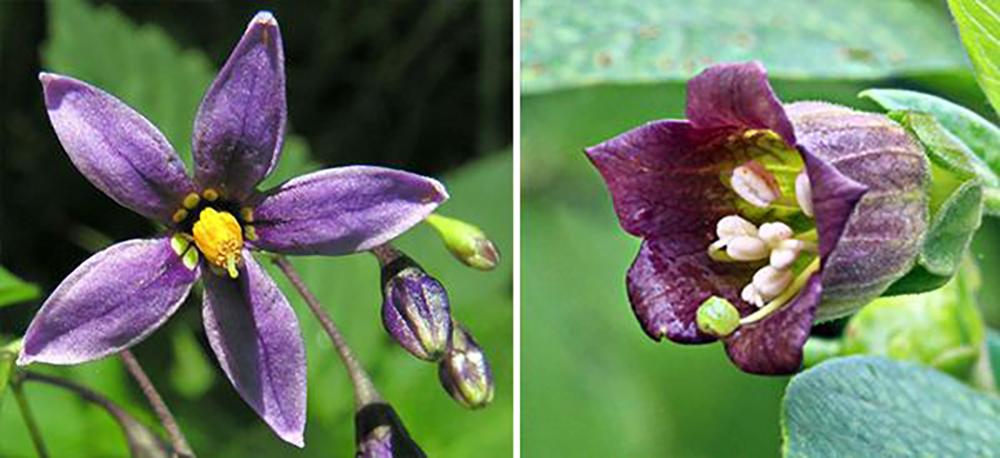
Fruit
Solanum dulcamara, bittersweet nightshade fruit are red berries, approximately 1 cm long, and smell like a tiny tomato. Don’t be fooled, however, these berries are poisonous to people and animals, although they are eaten by some birds that are immune to the poison.
Fruits from Atropa belladonna are single, green berries, which ripen to a shiny black. Each berry is just over a half-inch in diameter. They have a sweet flavor and are consumed by animals, but are toxic to humans.
Solanum Dulcamara, Bittersweet Nightshade Atropa Belladonna, Deadly Nightshade
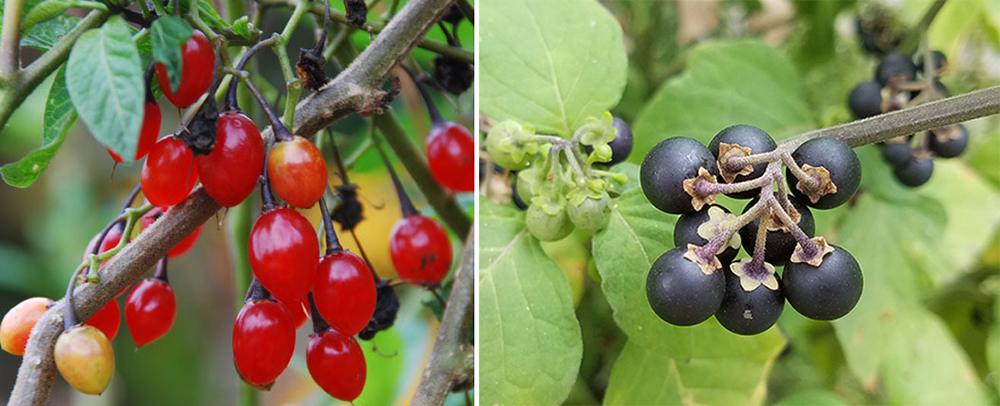
Symptoms of Poisoning
Solanum dulcamara symptoms include increased bodily secretions, vomiting, and convulsions. The strength of the poison is dependent on the soil and conditions where it grows. Most poisoning cases are caused by eating the berries. Fortunately, the berries are bitter, so they are rarely eaten in quantity.
Belladonna berries are sweet to taste and pose a great danger to children. Symptoms of A .belladonna poisoning include dilated pupils, sensitivity to light, blurred vision, loss of balance, rash, delirium, hallucinations, paralysis, convulsions, and often death. Most effects of belladonna last for three to four hours, but hallucinations can last for three to four days.
Medicinal Uses
Solanum dulcamara stems are used externally to treat chronic eczema and other skin problems. Its unripe fruits and flowers inhibit the growth of bacteria and may cure ringworm. The leaves, flowers, roots, and berries of Atropa belladonna contain tropane alkaloids and are extremely toxic when eaten.
Belladonna has long been used as a medicine, cosmetic, and poison. It was used to make poison-tipped arrows and as an anesthetic for surgery. Only a tiny portion can cause unpredictable effects in humans, although cattle, rabbits, and some other animals can eat the plants with no effects.
- Belladonna has been used as an herbal medicine for centuries as a pain reliever, muscle relaxant, and to treat menstrual problems and other problems. It is never used in its natural state, but must be extracted according to a standard recipe and should only be prepared and used by a knowledgeable medical professional.
- Use as a Recreational Drug
- Belladonna has sometimes been used as a recreational drug because of the hallucinations that it produces. However, recreational use is extremely dangerous because of the high risk of a deadly overdose. In addition, the experience is usually very unpleasant with bad trips and frightening visions.
- Honey
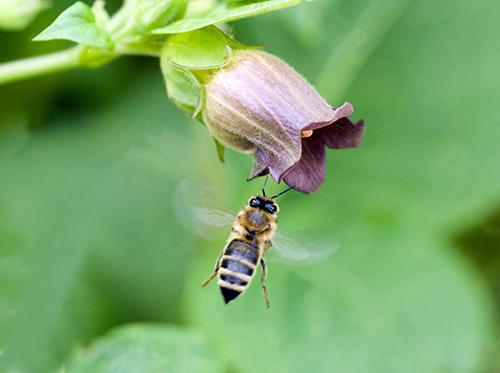
One often unrecognized hazard is from the honey made by bees using belladonna nectar. The tropane alkaloids are transferred into the honey and can pose an unknown danger and poisoning. No such danger has been reported from Solanum dulcamara.
Unless you are carefully growing these plants for medicinal purposes, you should consider removing them from your property, especially if you have young children. Both plants can cause serious poisoning, or death if eaten.
As you can see in the pictures above, the plants are very different, especially the flowers and berries. The leaves are similar in some ways, but on close examination, they are easy to distinguish.
Unfortunately, In the US, some writers have called both plants deadly nightshade, causing confusion and misidentification in some cases. The distinction is important because they have very different medicinal uses and different methods of poisoning. I recommend that you compare the descriptions and the pictures to identify the plants and be very sure of your identification, dilutions, and uses. Don’t use these plants without the help of a medical specialist with knowledge of the plants.
You may also like:
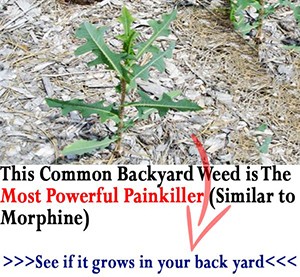 How to Treat Gastrointestinal Disorders With Evening Primrose
How to Treat Gastrointestinal Disorders With Evening Primrose
Here’s The Easiest Way To Tell Apart Edible Plants and Their Poisonous Lookalikes (Video)
7 Backyard Poisonous Plants That You Can Use as Medicine
How to Tell the Difference Between Yarrow and the Poisonous Hemlock

Very informative! I believe the picture of the berries shown here are from a different plant (black nightshade), which is edible. Deadly nightshade does not grow clusters of berries, but rather single berries.